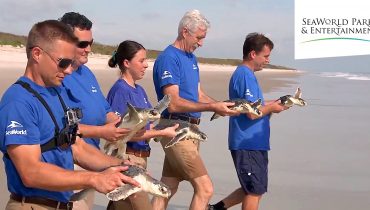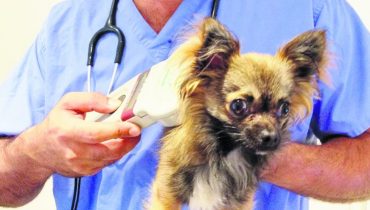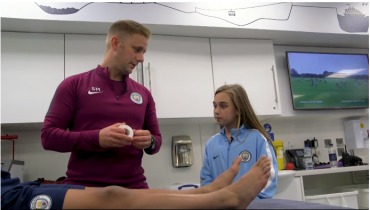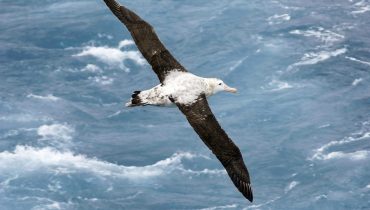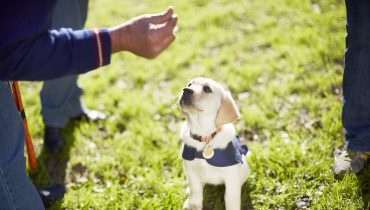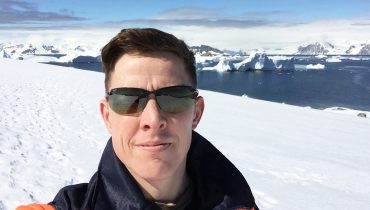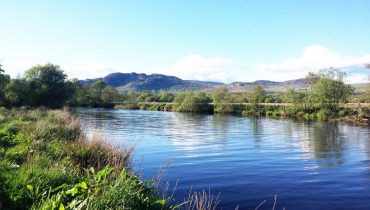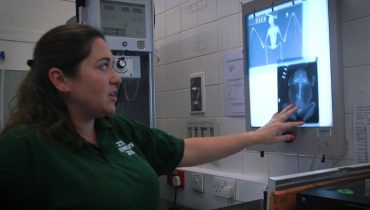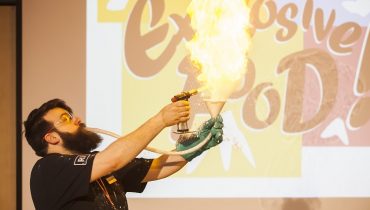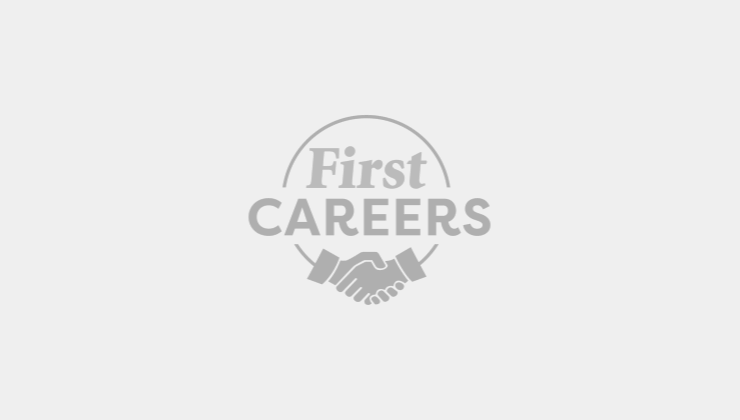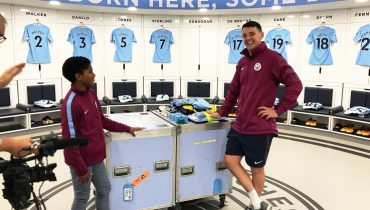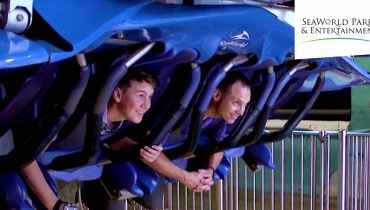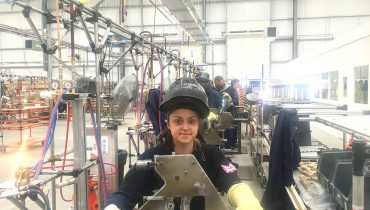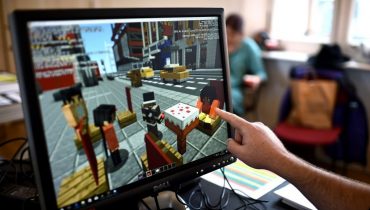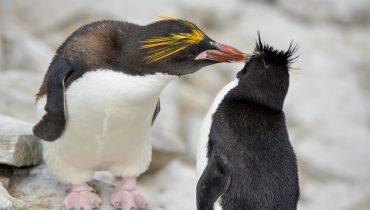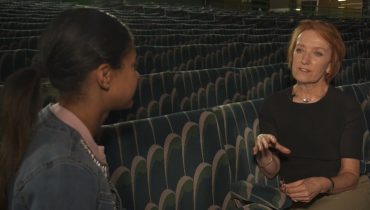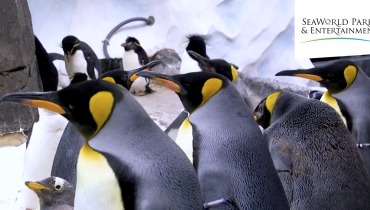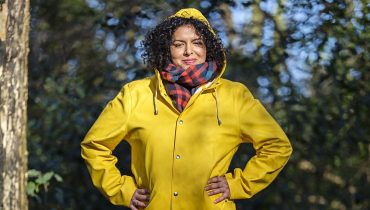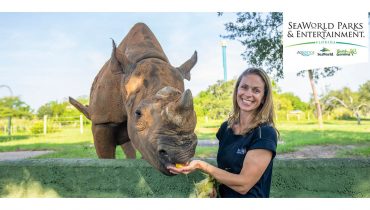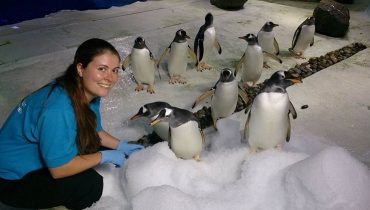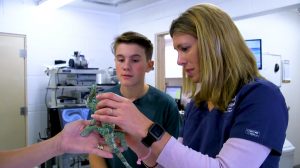 Lara Croft
Lara Croft
Aquatic Animal Vet
With First Careers you will meet a lot of different people with lots of different jobs! Lara is a vet at SeaWorld Parks & Entertainment and has to look after animals of all shapes and sizes, from sharks to geckos and armadillos!
What I do
I’m the senior veterinarian for the SeaWorld Parks in Orlando.
How I got my job
I decided at a young age that I wanted to be a SeaWorld vet. I did an internship at the New England Aquarium and got my first taste of fish medicine, so to speak, as well as rescue and rehabilitation for cold-stunned sea turtles and sick seals. That experience got me hooked and confirmed my career choice. I did a lot of school! Four years of undergraduate college, four years of veterinary school, one year internship and three years of residency specialising in aquatic animal medicine.
What I love about my job
My favourite part of the job is that I get to work with amazing animals and truly dedicated and talented people. I love the variety – I can go from examining a 10g bird to a 2,500kg killer whale. Also, I love doing the wildlife rescue and rehabilitation. It’s extremely rewarding to feel like I can make a difference for injured, sick or orphaned animals.
What’s difficult about my job
The hours can be long and I oft en work weekends or holidays. There is a vet at the park every day of the year and one of us is on call 24/7. Rescues can happen anytime on pretty short notice, so it can be challenging to balance my work and home life.
What skills I need
An aquatic veterinarian needs good critical thinking and problem solving skills, and you have to think fast on your toes in emergencies. Since our patients can’t talk, figuring out what’s wrong is a bit like putting together a puzzle: taking findings from blood results, X-rays or other tests to come to a diagnosis. Good communication skills are critical; I work with a lot of different keepers and trainers, so it’s important that we all work together.
Where should young people start if they want to do the job, too?
Try to work or volunteer at a veterinary hospital, zoo or aquarium to ensure that it’s a good fit for you – it’s not for the squeamish! Try to learn everything you can about the species you want to work with. You have to understand what ‘normal’ looks like before you can recognise abnormal. Also, knowing about proper diet, housing and routine care, like trimming nails, for each species will go a long way to preventing disease!
How my job could change in the future
Veterinary medicine is constantly evolving and we are always looking to incorporate new technology that may benefit our patients. Cool, recent developments include creating a new formula for orphaned manatee calves to more closely mimic manatee milk, or taking more than 25 older penguins for cataract surgery to restore vision. Who knows what the future will hold?!
Our reporter went to SeaWorld to talk to Lara and find out more about the vital work that she does. Just go to first.news/seaworldvet to see it.
In association with 



